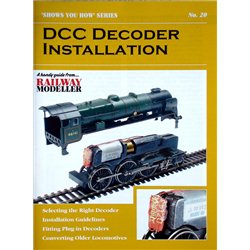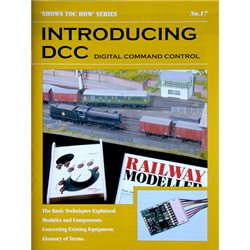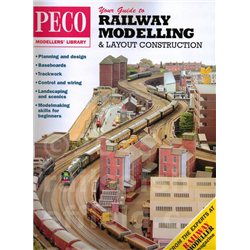You can use reed switches on your model railway when you want an action to be triggered by a train passing over a...
No products
Product successfully added to your shopping cart
There are 0 items in your cart. There is 1 item in your cart.
Search Tips
End of year opening times
If you select next day delivery, please note deliveries are not made on New Year's Day.
The shop in Sandown is closed on New Years's Day and closing at 2.30pm on New Year's Eve.
Tuesday 30th: 10am to 4.30pm - Wednesday 31st: 10am to 2.30pm - Thursday 1st: closed - Friday onwards: 10am to 4.30pm.
Is DCC better than analogue?
This is really a matter of personal choice and what you want to get out of your model railway.
There is a lot to be said for DCC as it allows you to control your locos with more accuracy and true to life performance, such as acceleration, deceleration, top speed and directional lighting.
DCC also lets you add sound to add even more realism.
There are many railway modellers who prefer the more traditional analogue system, which can give as much pleasure as DCC. And it has been the mainstay of model railways for best part of 100 years. It is also easier to set up.
If you are just starting out in the hobby it may be worth reading up on what system may be best for you or ask for advice at your local model shop as the choice will depend on what you want from your layout, the size of it, the number of engines you want to run and possibly your budget!
Click here to receive the tips weekly in your mailbox. You can unsubscribe at any time.

.jpg)








